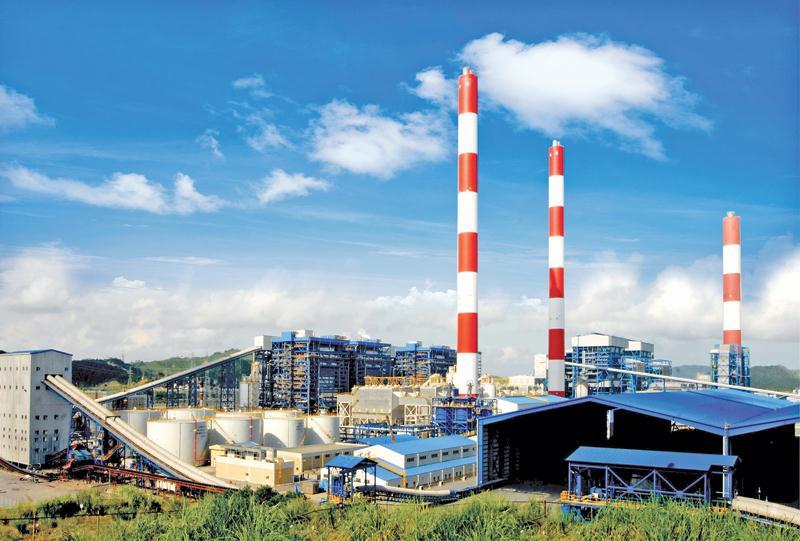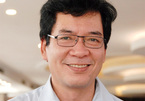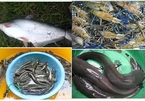According to the Ministry of Natural Resources and the Environment (MONRE), if the ash and slag cannot be treated, the amount of ash and slag will reach 422 million tons by 2030 and 32 million tons more would be generated each year.

If each ground pile of ash and slag is five meters high, Vietnam would need 65 square kilometers more land to contain ash and slag, and 5 square kilometers every year, which is as large as one commune in the Red River Delta.
Nguyen Van Liem, former deputy director of the Agrometeorology Research Center, said ash and slag needs to be controlled well, especially ash and slag in Nong Son, Quang Nam and Quang Ninh which contain radioactive substances and mercury, harmful to human health and the environment.
One kilogram of Quang Ninh coal contains 0.464 mg of mercury. The amount of mercury discharged to the air is 6.8 tons a year. There is no information about the mercury content in imported coal.
| If all building material companies agree to turn ash and slag into useful products, there will not be concern about where to put or store ash and slag. |
Sinh did not say whether coal-fired power plants’ ash and slag is hazardous, noting that the quality of ash and slag depends on the types of coal and the technologies used by plants.
“It is necessary to analyze the content of ash and slag, and to set standards. The ash and slag that can meet standards can be put to use,” he said, adding that each power plant can build grounds for containing ash and slag for two years. Power plants have to spend money to treat ash and slag to national standards.
Also according to Sinh, furnace technology cannot neutralize heavy metal, and can only eliminate dust, SO2 and NOX. Mercury can also be neutralized but at a very high cost, which will increase electricity production costs.
Meanwhile, Truong Duy Nghia, Chair of Vietnam Thermal Science and Technology Association, affirmed that the ash and slag of Vietnam’s coal and imported coal have heavy metal, but with content lower than the national standard QCVN 07:2009/BTNMT by tens to thousands of times.
Nghia reaffirmed that ash and slag are not hazardous substances, but useful resources. If ash and slag can be used to make roads, this will help reduce the amount of stone and sand to be exploited from rivers, which causes landslides. Flying ash can be used as an additive during the cement production.
If all building material companies agree to turn ash and slag into useful products, there will not be concern about where to put or store ash and slag.
Thanh Mai

Deeper look into ecological costs of coal-fired power in Mekong Delta needed: expert
Ecological expert Nguyen Huu Thien speaks on the need for clearer environmental regulations for thermopower plants in the Mekong Delta to reduce risks to the region’s aquatic resources.

Will the Mekong Delta have fewer coal-fired power plants?
Ecology expert Nguyen Huu Thien has warned about a series of problems that coal-fired power plants may cause to the Mekong Delta, especially the impact on the ecosystem.
 Coal-fired power plants with the total capacity of 18,000 MW produce 16-17 million tons of ash and slag each year in Vietnam, according to GreenID.
Coal-fired power plants with the total capacity of 18,000 MW produce 16-17 million tons of ash and slag each year in Vietnam, according to GreenID.